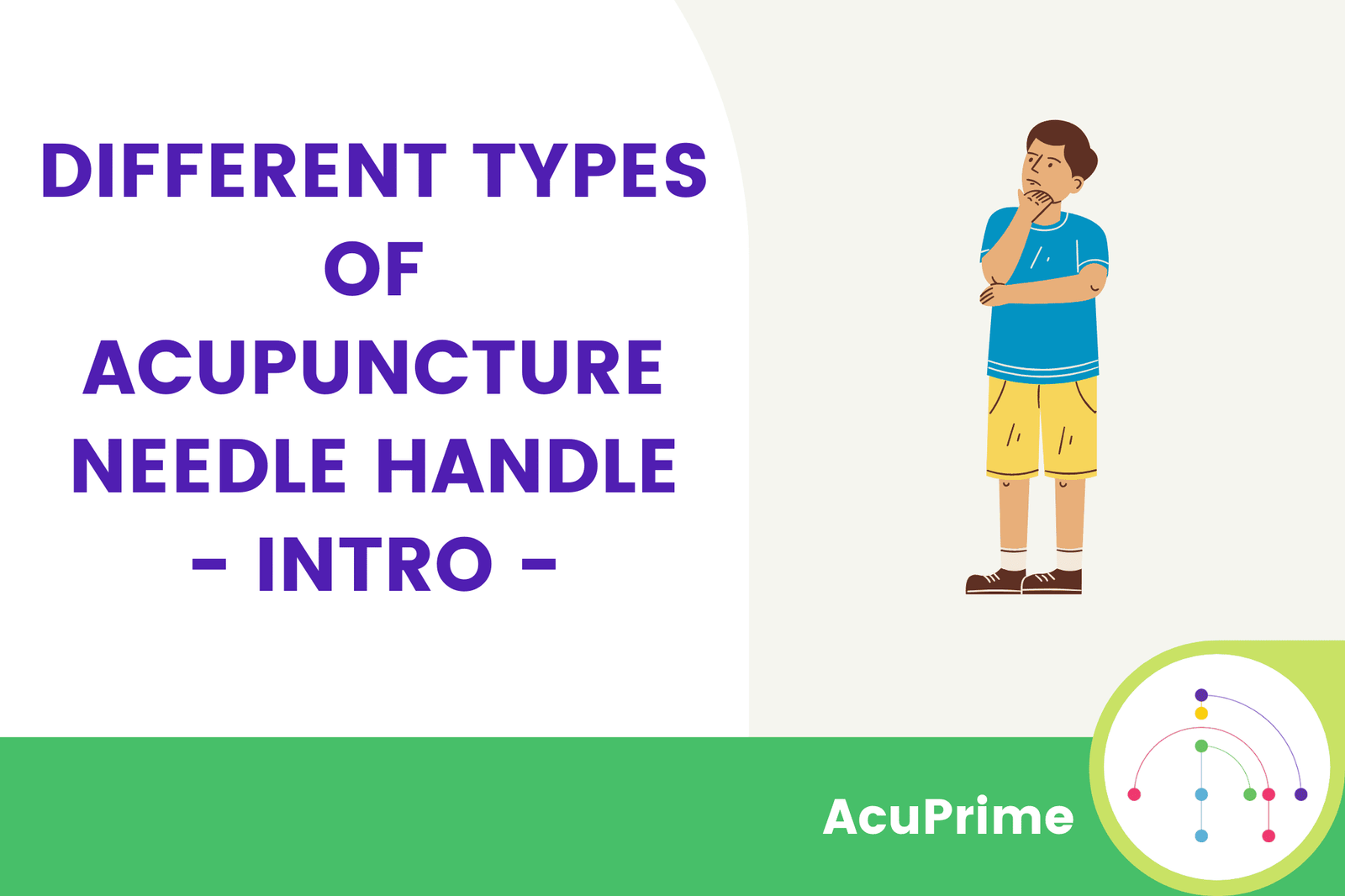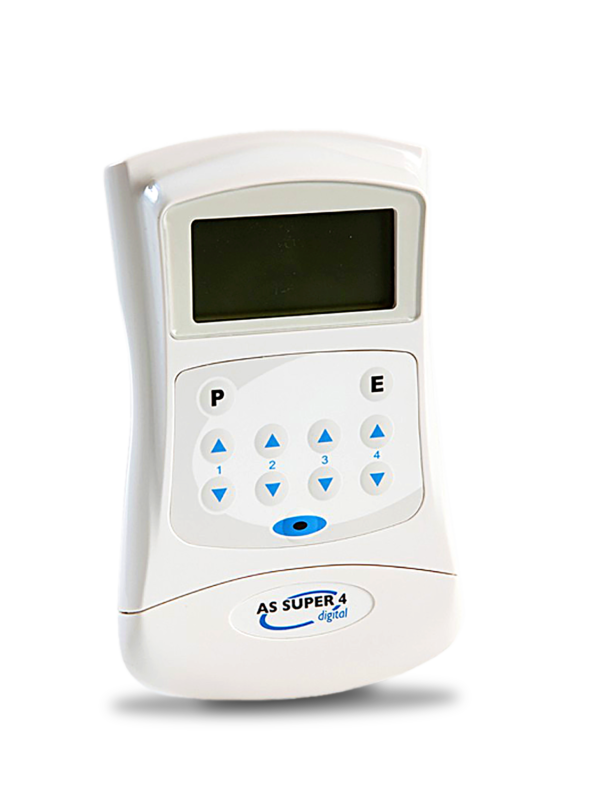Complementary and alternative medicine (CAM) is on the rise and is more about balancing your energy flow and strengthening your healing power rather than just treating the underlying disorder.
One of the CAM therapies widely accepted by Western healthcare practitioners is acupuncture, the traditional Chinese treatment where needles are used to stimulate certain points in your body with the intention of improving the flow of energy. These pressure points are known as acupuncture points or acupoints.
Acupoints and meridian lines
Acupoints are arranged along pathways called meridians, similar to houses that lie along a street. Meridians connect the different acupoints and are the channels through which energy, or qi, is thought to flow. Needles inserted are thought to boost blood flow and stimulate muscles and nerve endings. Not only that, but they also aim to stimulate the release of natural painkillers. This is a key reason why acupuncture is commonly used for lower back pain.
According to ancient Chinese theory, there are 12 standard meridians, each of which corresponds to an organ or an organ system. For instance, the lung channel or meridian comprises 11 acupoints, starting from the collar bone and leading down through the arm, forearm, wrist and ending at the tip of the thumb. Pressure points along this pathway are therefore targeted to help a variety of lung problems. The lung meridian is also connected to the large intestine. Different connecting channels link these standard meridians, connecting your entire body and enabling the smooth flow of energy.
![]()
Meridian models
A variety of acupuncture learning tools are available in order to learn, teach, and demonstrate how acupuncture works. These include acupuncture posters and meridian models. While acupuncture posters help provide an overview, meridian models are an actual representation of the traditional Chinese medical (TCM) view of the body. The TCM meridian model is quite different from the human body model you might’ve studied in healthcare courses. This model is an actual representation of acupoints, which are connected by meridian channels. The model also demonstrates the connections between the different meridians. This helps you to perform your treatments as accurately as possible.
So, does a different model make a difference?
Using an anatomy model instead of a meridian model will not be particularly useful when performing acupuncture, so it’s important to have a meridian model. There’s no variation in meridian channels, so any high-quality meridian model will be fine. There is one difference though: you can find meridian models for heads, entire bodies, hands, feet and even animals!
Finding a meridian model
If you perform acupuncture on a wide range of patients and throughout the body, it might be beneficial to have a range of meridian models too. Whilst a full figure model provides a clear overview, if you’re only performing hand acupuncture on one patient, consulting a large hand meridian model will give you far more detail. The same logic follows for foot and head acupuncture. The more focused the model, the easier it is to see and consult the acupoints.
We stock a wide range of meridian models including large-scale ear, hand, foot and head models. Check out the range here or get in touch if you’d like something you can’t find.









